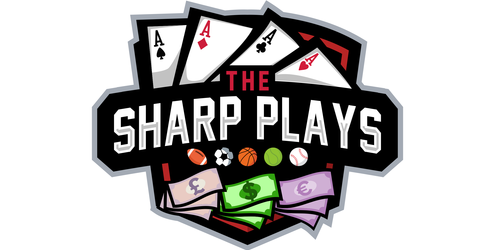
As another football season rolls in, I want to revisit a key strategic tool that has saved me countless units over the years — buying points on and around key numbers in NFL and NCAAF.
This practice has already proven its worth this season — turning a loss into a push, and a push into a win. So, let’s break it all down for future reference and consistent application.
❓ When Should You Buy Points?
This is one of the most common questions I get:
“When should I buy points in football?”
You’ll hear all kinds of theories:
- “Never buy points.”
- “Only buy on 3s.”
- “Only buy to avoid key numbers when it’s a dog.”
Here’s my take — based on real-world tracking since 2005. Not theory. Results.
📊 My Buying Points Strategy (NFL & NCAAF)
🧠 Simple Rule:
Only buy the hook, not the full point — and only on/around 3 and 7.
✅ Here’s how I do it:
- -3.5 → -3 (buy the hook down)
- -3.0 → -2.5 (buy the hook down)
- +2.5 → +3 (buy the hook up)
- +3.0 → +3.5 (buy the hook up)
- -7.5 → -7 (buy the hook down)
- -7.0 → -6.5 (buy the hook down)
- +6.5 → +7 (buy the hook up)
- +7.0 → +7.5 (buy the hook up)
📌 I do not buy full points. Example: I would not buy -3.5 to -2.5 — that’s not worth the cost.
🔑 Why These Numbers Matter: The Power of 3 and 7
These numbers aren’t just football folklore. They’re backed by data.
📉 In my article on Key Numbers for NFL & NCAAF Spreads, here’s what we found:
- NFL: 23.7% of games are decided by exactly 3 or 7 points
- NCAAF: 14.96% of games are decided by exactly 3 or 7 points
That means almost 1 in 4 NFL games comes down to these margins — and that’s a huge opportunity to convert pushes into wins or losses into pushes.
🔍 Why It Works Even Better with Sharp Sides
Over the years, I’ve found that when you’re betting on sharp sides, key numbers are even more crucial. That’s because sharp bettors often identify games expected to be tight and efficient, where the spread really matters.
So when sharp money is buying +6.5, it’s not irrational to spend the extra juice and buy to +7. If it turns a potential loss into a push, that’s a unit saved — and that adds up fast.
💰 The Cost of the Hook: Make It Reasonable
The most important part of this entire strategy is the cost of buying the hook. Overpaying will kill you long term.
📌 What’s reasonable?
- Ideal cost: 20 cents
- Acceptable max: 25 cents
- Anything more? Skip it.
Books like Pinnacle often offer fair pricing. If you’re paying 30–40 cents or more? Not worth it. You’re better off taking your chances at the current number.
📉 Yes, you’ll miss a win or push here and there. But if you’re bleeding too much juice, your long-term ROI will collapse — defeating the purpose of smart line manipulation.
🤔 Why Gamblers Skip It… and Why You Shouldn’t
This season alone, I’ve caught myself once already trying to be cheap — not buying a hook I should’ve, and watching a push turn into a loss. That stings.
Sometimes you might say,
“But sharp money is betting +6.5 — why buy to +7?”
Answer: Because sharp bettors play the long game. They’re absorbing value over hundreds of bets. You’re trying to maximize every edge you can get.
And as I always say…
🧠 The difference between a losing public bettor and a winning sharp bettor is just 2 games out of every 100.
Losing one of those two games because you skipped the hook? That’s a killer.
🏁 Final Thought: Every Edge Counts
Sports betting is a game of razor-thin margins. The difference between a profitable and losing season might be a handful of outcomes — where a smart hook buy flipped a result.
So when you’re evaluating your wagers:
✔️ Stop skipping the hook.
✔️ Know your key numbers.
✔️ Buy only when it’s mathematically smart.
✔️ Track what you’re doing.
Keep the edge sharp this season. Don’t give away wins just to save a nickel.
🎯 Let the public sweat the spreads… you control the numbers.
Good luck this season!
~ The Sharp Plays
